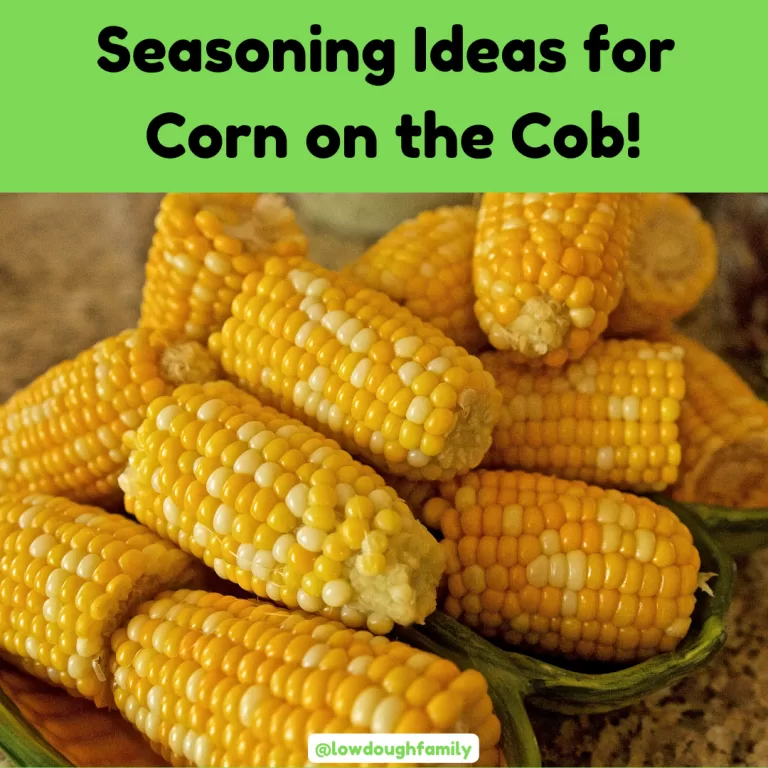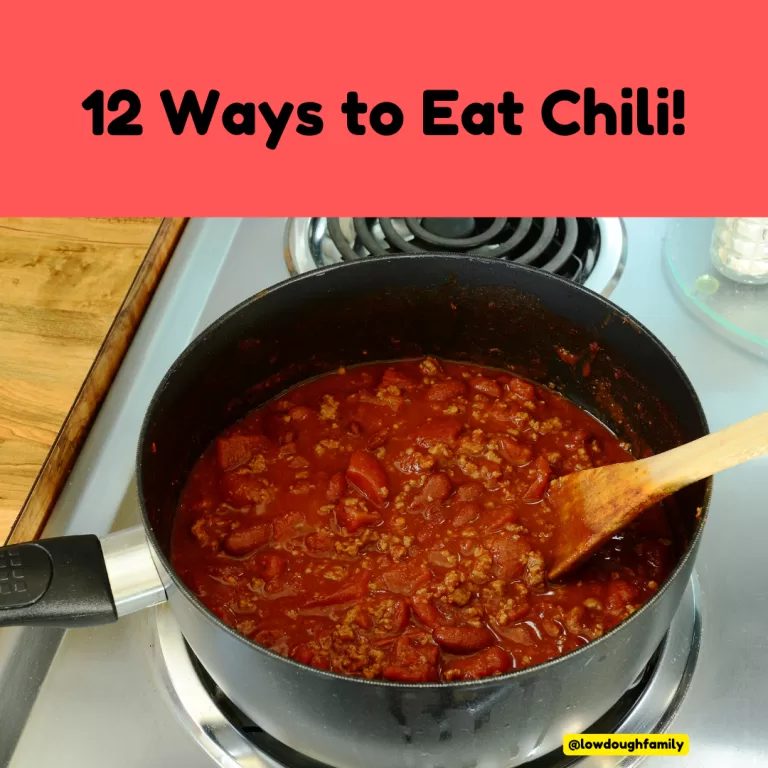How to Cook Butternut Squash (Everything you need to know!)
I got a request last week to go over butternut squash. This is perfect timing because coming up soon in the winter months, you can find really good prices on winter squash. I like to wait until it drops below 99 cents a pound!
How many different ways can you cook a Butternut Squash?
To be honest, there are a bunch! So, let’s look at some options:
1. Roast
Roasting involves cutting butternut squash into cubes or slices, tossing them with oil and seasonings, and baking at a high temperature (usually 400°F). This method caramelizes the squash, enhancing its natural sweetness and creating a rich, slightly crispy exterior.
2. Bake
To bake butternut squash, cut it in half lengthwise, scoop out the seeds, and place it cut-side down on a baking sheet. Bake at 375°F until the flesh is tender. This is a simple way to prepare squash for mashing, soups, or eating as a side dish.

3. Steam
Steaming requires peeling and cubing the squash and placing it in a steamer basket over boiling water. This method preserves nutrients and results in a soft, moist texture, ideal for purees or as a side.
4. Boil
Boiling is a quick method where peeled and cubed squash is simmered in salted water until fork-tender. It’s excellent for soups, casseroles, or mashing but may result in a slightly diluted flavor compared to roasting.
5. Grill
Grilling gives butternut squash a smoky flavor and attractive grill marks. Thick slices or cubes are brushed with oil and seasonings and cooked over medium heat. This method adds a unique depth to the squash’s sweetness.
6. Air Fry
Air frying is a faster alternative to roasting, using less oil while still achieving crispy edges. Toss squash cubes with oil and spices, and air fry at 375°F for about 15-20 minutes, shaking the basket halfway through.

7. Microwave
Microwaving is perfect for softening whole squash or quickly cooking small cubes. Pierce a whole squash with a knife to vent, or place cubed squash with a splash of water in a microwave-safe dish and cook for 5-10 minutes.
8. Instant Pot
The Instant Pot pressure cooks squash quickly and efficiently. Add water to the pot and cook peeled or halved squash on high pressure for 6-8 minutes. This method is excellent for soups or preparing squash for mashing.
9. Crockpot
The crockpot allows for hands-off cooking. Place peeled and cubed squash with a small amount of liquid, and cook on low for 4-6 hours or high for 2-3 hours. This method yields soft, flavorful squash, perfect for mashing or soups.
10. Blender
Cooked butternut squash can be blended into smooth purees or soups. Roast, boil, or steam the squash first, then blend with liquid such as broth, cream, or coconut milk for a creamy, rich texture.

11. Spiralizer
Using a spiralizer, butternut squash can be turned into noodles for a low-carb pasta alternative. Cook the noodles by sautéing, boiling, or steaming for a few minutes until tender but still firm.
12. Fermentation
Fermentation involves shredding raw butternut squash and mixing it with salt to allow natural fermentation. This process creates a tangy, probiotic-rich squash that can be used in salads, side dishes, or as a unique topping.
How do you Season Butternut Squash?
There are three main categories of seasoning butternut squash. That is using sweet ingredients, savory ingredients, and spice blends!
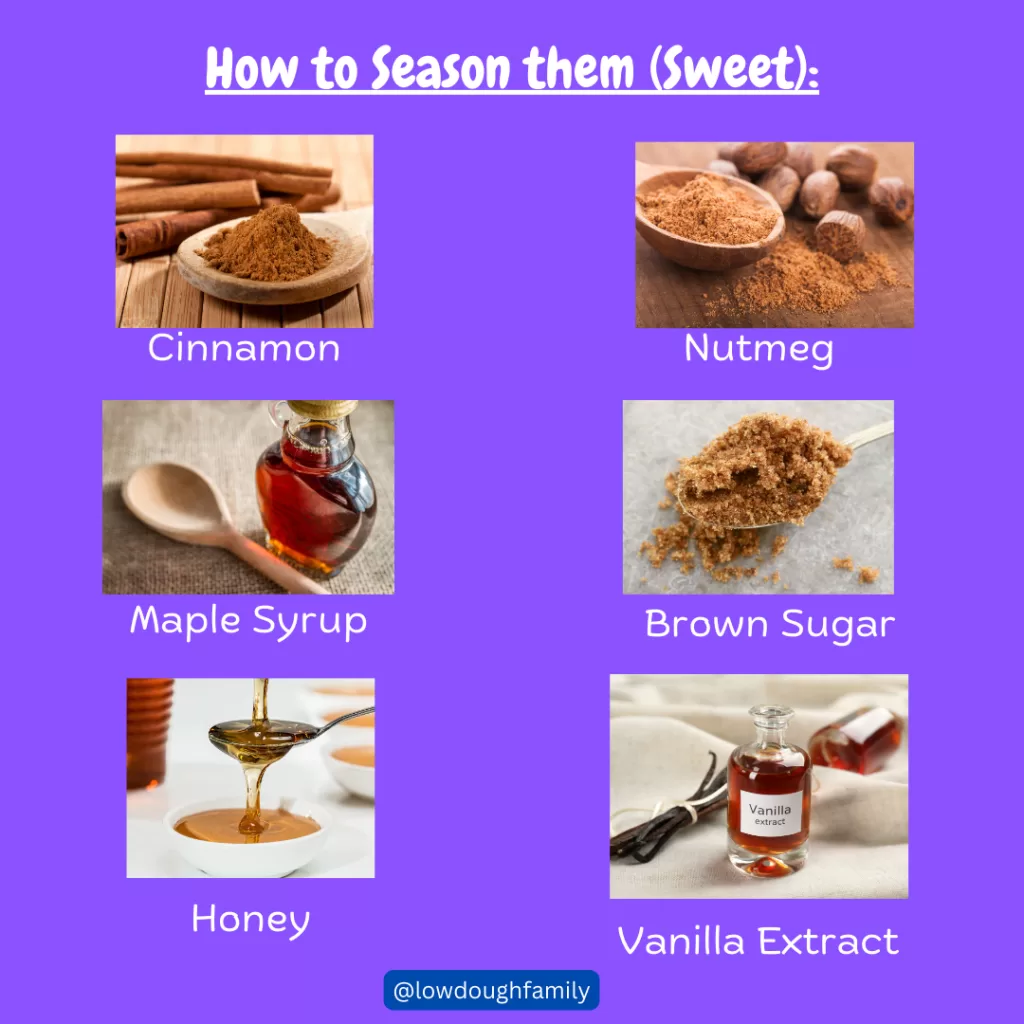
1. Sweet Seasonings
Cinnamon
Cinnamon enhances the natural sweetness of butternut squash with its warm, spicy flavor. It’s a classic pairing that works well in both roasted dishes and sweet preparations like purees or baked goods.
Nutmeg
Nutmeg adds a subtle nutty and slightly sweet flavor that complements the earthy tones of butternut squash. It’s ideal for soups, gratins, and mashed squash.
Maple Syrup
Maple syrup brings a rich, caramel-like sweetness that accentuates the roasted flavor of butternut squash. It works beautifully in glazes or drizzled over baked squash.
Brown Sugar
Brown sugar provides a deep, molasses-like sweetness that caramelizes beautifully when roasted with butternut squash, making it a favorite for sweet side dishes or desserts.
Honey
Honey adds a natural floral sweetness that pairs perfectly with butternut squash’s creamy texture. Use it in glazes, drizzles, or blended into soups for a touch of sweetness.
Vanilla Extract
Vanilla extract enhances the sweetness of butternut squash with its aromatic, creamy notes. It’s a wonderful addition to purees, baked goods, or any sweet squash preparation.

2. Savory Seasonings
Garlic Powder
Garlic powder adds a robust and savory depth to butternut squash, balancing its natural sweetness. It’s perfect for roasting, soups, or as a seasoning in savory squash casseroles.
Onion Powder
Onion powder offers a mild, slightly sweet yet savory flavor that complements the earthiness of butternut squash. It’s a versatile seasoning that works well in soups, mashes, or roasted dishes.
Smoked Paprika
Smoked paprika brings a rich, smoky flavor to butternut squash, enhancing its natural sweetness while adding a savory, slightly spicy depth. It’s especially delicious in roasted or grilled preparations.
Ground Cumin
Cumin adds a warm, earthy flavor with a hint of nuttiness that pairs beautifully with the creamy texture of butternut squash. It’s a great addition to soups, stews, or roasted squash for a savory twist.
Ground Turmeric
Turmeric contributes a warm, slightly bitter earthiness and vibrant color to butternut squash. It’s ideal for curries, soups, or roasted dishes where a savory, aromatic flavor is desired.
Chili Powder
Chili powder provides a gentle heat and smoky depth that balances the sweetness of butternut squash. It’s perfect for spiced soups, roasted squash, or southwestern-inspired dishes.
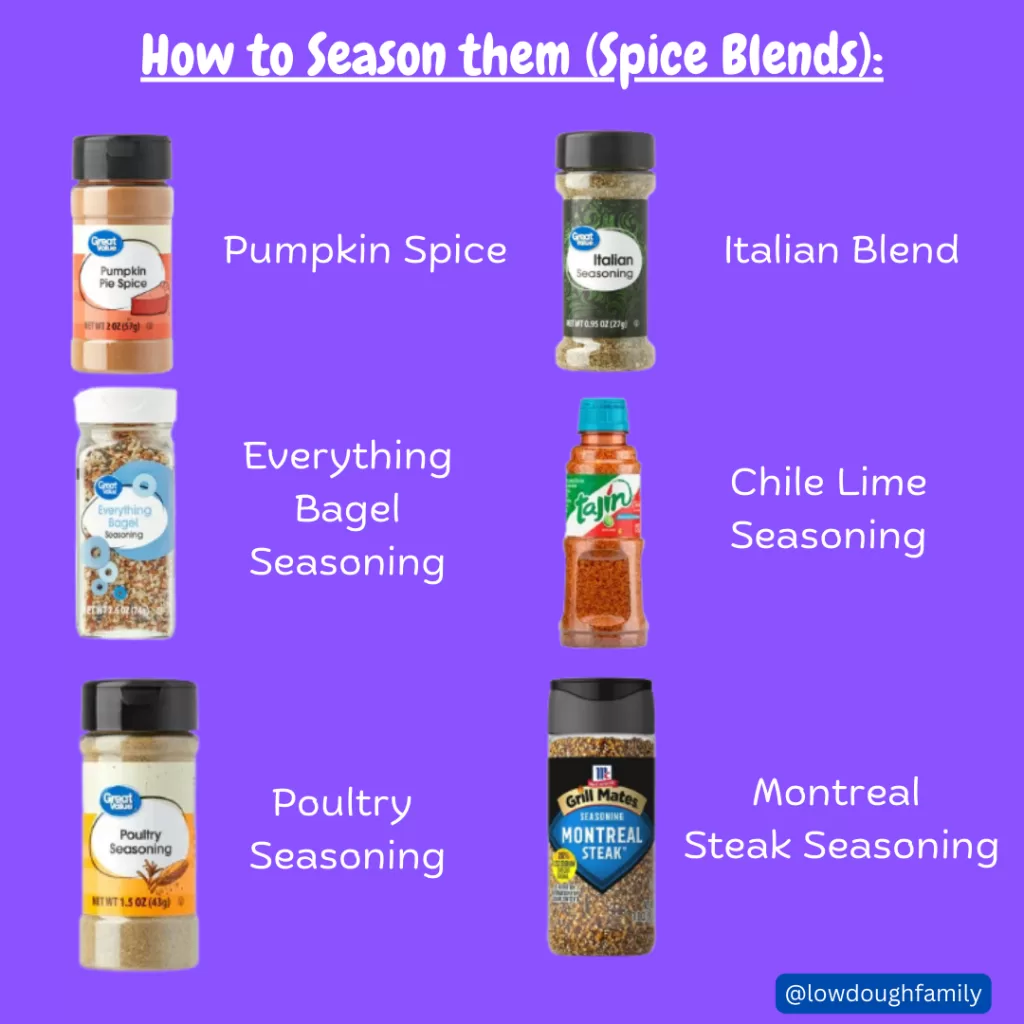
3. Spice Blends
Pumpkin Spice
Pumpkin spice combines cinnamon, nutmeg, ginger, cloves, and allspice, bringing a warm, sweet, and aromatic flavor to butternut squash. It’s ideal for sweet preparations like roasted squash, soups, or purees.
Italian Blend
The Italian blend features herbs like oregano, basil, thyme, and rosemary, giving butternut squash a savory, Mediterranean-inspired flavor. It works wonderfully for roasted dishes, soups, or squash casseroles.
Everything Bagel Seasoning
This mix of sesame seeds, poppy seeds, dried onion, garlic, and salt adds a savory, crunchy texture to butternut squash. It’s great for sprinkling over roasted squash or baked halves for a unique twist.
Chile Lime Seasoning
Chile lime seasoning offers a tangy and spicy combination of chili powder and lime, perfectly balancing the sweetness of butternut squash. It’s excellent for roasting or grilling squash with a zesty kick.
Poultry Seasoning
A classic blend of sage, thyme, marjoram, and rosemary, poultry seasoning adds cozy, herbaceous flavors to butternut squash. It pairs perfectly in fall-inspired dishes like stuffing or purees.
Montreal Steak Seasoning
Montreal steak seasoning combines coarse black pepper, garlic, salt, coriander, and dill, giving butternut squash a bold and savory profile. It’s great for grilled or roasted squash with a hearty touch.
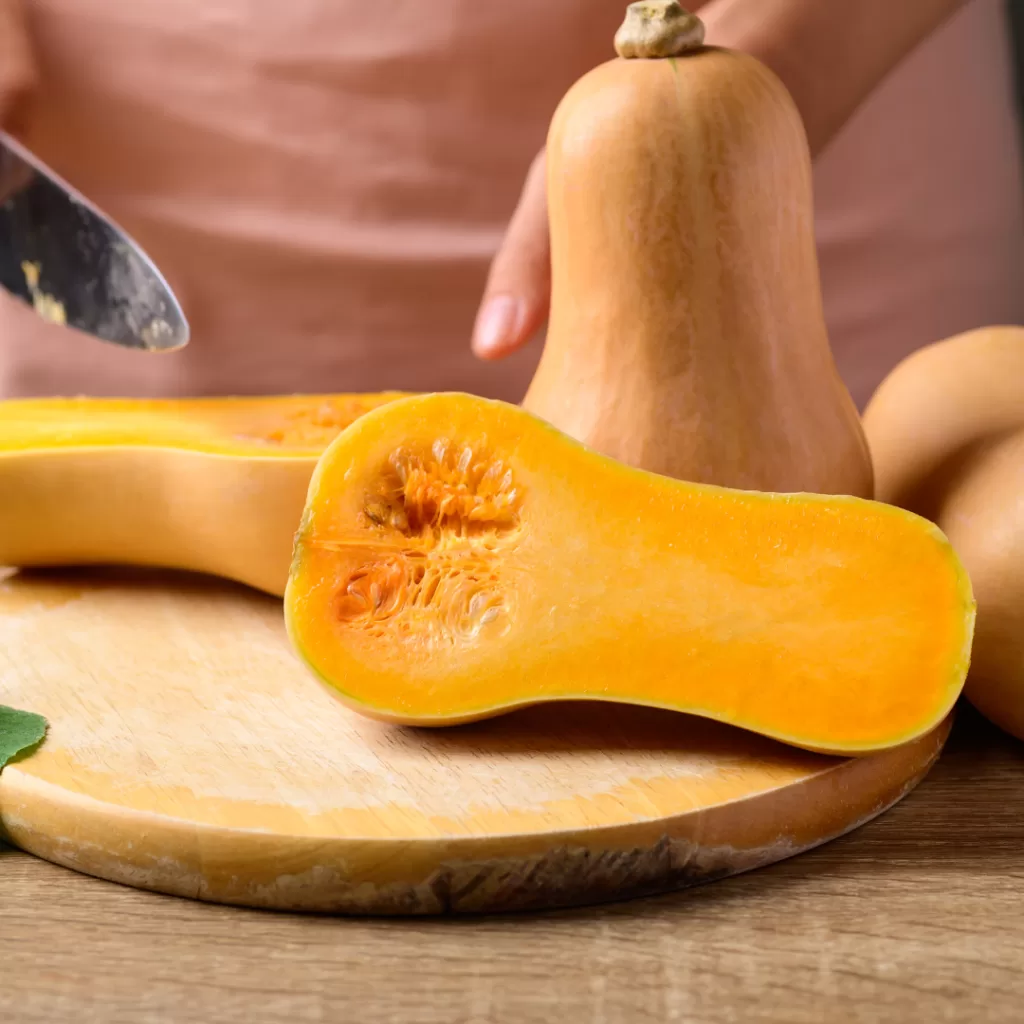
Different Ways to Cook Butternut Squash
Hopefully this overview of the different ways to cook and season butternut squash has inspired you to try them out! Don’t forget to look at your sales flyers for a good deal and get a little creative.
If you already know that you like a seasoning or spice on sweet potatoes, odds are good you will also like it on Butternut squash!





